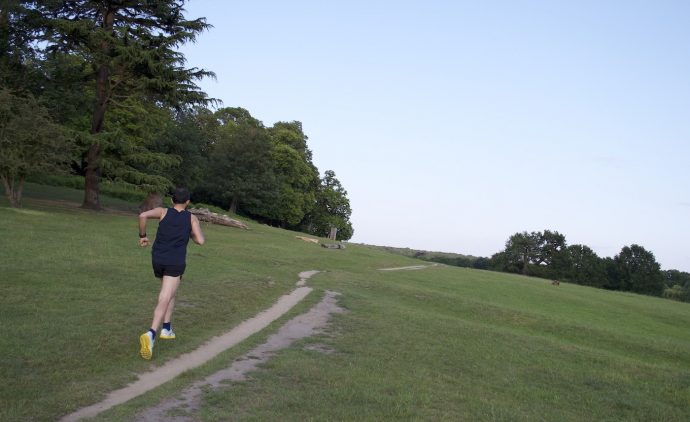You may have just completed your first 5k and got the running bug. Read our top 10 tips to take you to the next level.
- Listen to your body. Top athletes are fantastic at knowing when they should push themselves, and when they need to hold back. Use Wattson Blue to track your well-being, and recognise that you get the best outcome not by following a completely strict training plan, but being flexible with your training.
- Don’t go all out on every run. Most of your training should be at a steady pace, targeting endurance not speed. Each week, do several medium length runs, and one long run, which should be 20-30% of your weekly mileage and ~1.5 times your standard distance. For example, if your medium run is 6k, your long run should be 9k.
- Do one or two high intensity activities each week. Even for longer races, interval training is a great tool to improve performance – don’t get stuck in the rut of running at one pace! You could try:
- 12-16 x 400m (30s recovery) at 10k pace (Zone 5)
- 3-5 x 1600m (2 minutes recovery) at half-marathon pace (Zone 4)
- 5-8 km ‘tempo run’ (Zone 3/4)
- 5-8 km ‘fartlek’ training (Zone 2-6)
- Build mileage by no more than 10% each week. Take the number of km you ran last week add on 10% to get the maximum number for this week. Any more and you risk injury. Wattson Blue allows you to track week-on-week training load and mileage.
- Be ready to make some sacrifices. For most of us who are combining training with family, friends and a full-time job, life can easily get in the way of training. Don’t let it get you down, but realise that to make long-term improvements, you need to stay consistent and find time to train, without compromising your recovery and sleep.
- Take a recovery week every 3-4 weeks. Accept that life will throw some forced recovery weeks your way. If you are super busy at work one week, don’t feel the pressure to miss sleep to hit the gym. Use that as an opportunity to get enough rest and recovery, and come back more prepared next week.
- Join a running club and consider getting a coach. The right club can help you grow as a runner and raise your running to the next level. Running clubs are often great social hubs, adding enjoyment and motivation to your training. A good coach can give you guidance, keep you honest, while also providing your training with some structure.
- Buy a good quality, comfortable pair of running shoes. Poor quality shoes lead to injury. So long as the shoes are good quality and designed for running, the best guideline then becomes comfort – the more comfortable the shoe, the lower the risk of injury. One caveat is that different people’s feet land in different ways, and there are different types of shoe to account for this; many specialised running shops analyse your style of running on their treadmills before picking a shoe that will work for you. Visiting your local shop is a much better option than ordering online.
- Don’t neglect strength and conditioning. Strength is an important and often neglected part of running. Do some circuits, run some hill reps, and foam roll to keep yourself conditioned and injury free.
- Understand your functional threshold values and training zones. Functional threshold heart rate (FTHR) and pace (FTP) are estimated as values a runner can hold for one hour. These are used to calculate your training load (sometimes called TSS). They may also be used to estimate your training zones (you might have heard Zone 1, Zone 5, etc). These zones allow you to break down activities into different intensity levels. If you wear a Heart Rate Monitor (this Wahoo Ticker alongside the Strava app works great), Wattson Blue will automatically give you the breakdown of time spent in different zones and gives you training advice accordingly. You can read more about these concepts here.
Search for Wattson Blue on App Store/Google Play store or download it by clicking here from your iPhone or here from your android device.




